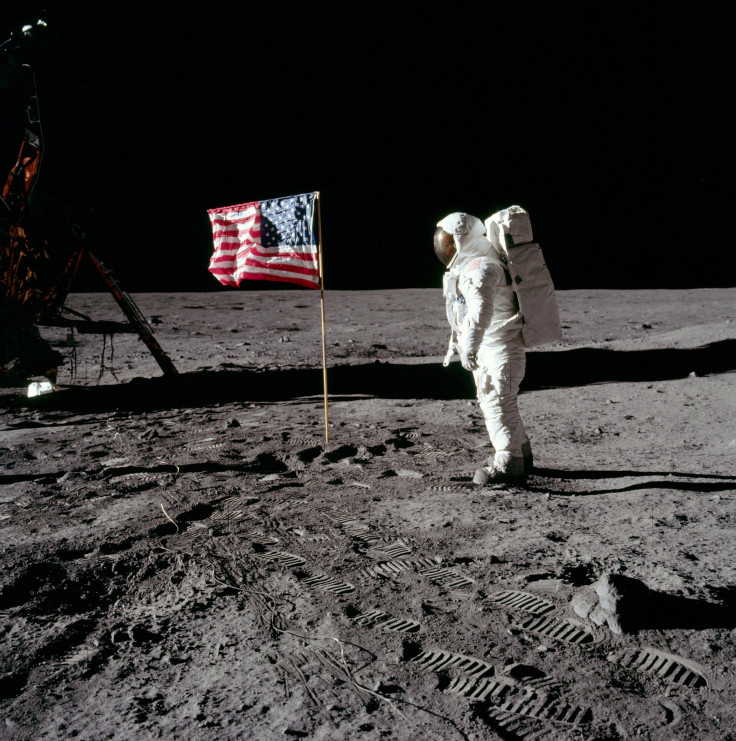Amount Of Water On The Moon In Doubt Due To A Mineral ‘That Can’t Be Trusted’

Astronomers who have long relied on the mineral apatite to measure the amount of water on the moon may have to go back to the drawing board, based on the results of a new study. It turns out that lunar apatite is a little quirky: It gains hydrogen as it crystalizes.
Researchers from the University of California Los Angles (UCLA), led by Jeremy Boyce from the university's Department of Earth, Planetary and Space Sciences, developed a simulation to determine how apatite forms within lunar rock. According the UCLA researchers, the apatite crystals found in lunar rock samples collected from the Apollo missions were hydrogen-rich and could be used to determine how much water is on the moon.
A 2010 study determined the amount of water on the moon was “100 times greater” than previously believed, reports National Geographic. The team, led by Francis McCubbin, from the Carnegie Institution for Science, analyzed apatite crystals, formed early on in the moon’s history when most of the moon was a magma ocean. The researchers discovered hydroxyl ions, a “chemical signature” of water. McCubbin said of the findings, “If we could take all the water that is locked up in the moon's interior, it would make a one-meter-deep [one-yard-deep] ocean covering its entire surface,” reports National Geographic.
Based on the previous studies, researchers could use the moon-water data to gain new insights into the formation of the moon, including refining the theory that Earth’s satellite formed as a result of a massive object colliding with Earth around 4.5 billion years ago.

The new research revises the amount of water on the moon. The model indicates apatite that formed earlier consumes all of the available fluorine and chlorine. Apatite that formed later will turn to hydrogen as it has no other resources to build from. The hydrogen-rich apatite crystal found in the lunar samples skews the amount of water believed to be on the moon but also helps confirm the "giant impact" theory. As noted by Boyce, if the moon formed from impact debris, hydrogen, which is a lighter element, would have evaporated due to heat of a magma ocean, which means dry lunar rocks.
Boyce said in a statement, "We need to be cautious and look carefully at each piece of evidence before we decide that rocks on the moon are as wet as those on Earth." The next step for researchers will be to determine other minerals that might be used to gain insights into the formation of the moon and reevaluate the lunar research based on apatite studies. The research was published in the journal Science.
© Copyright IBTimes 2024. All rights reserved.






















